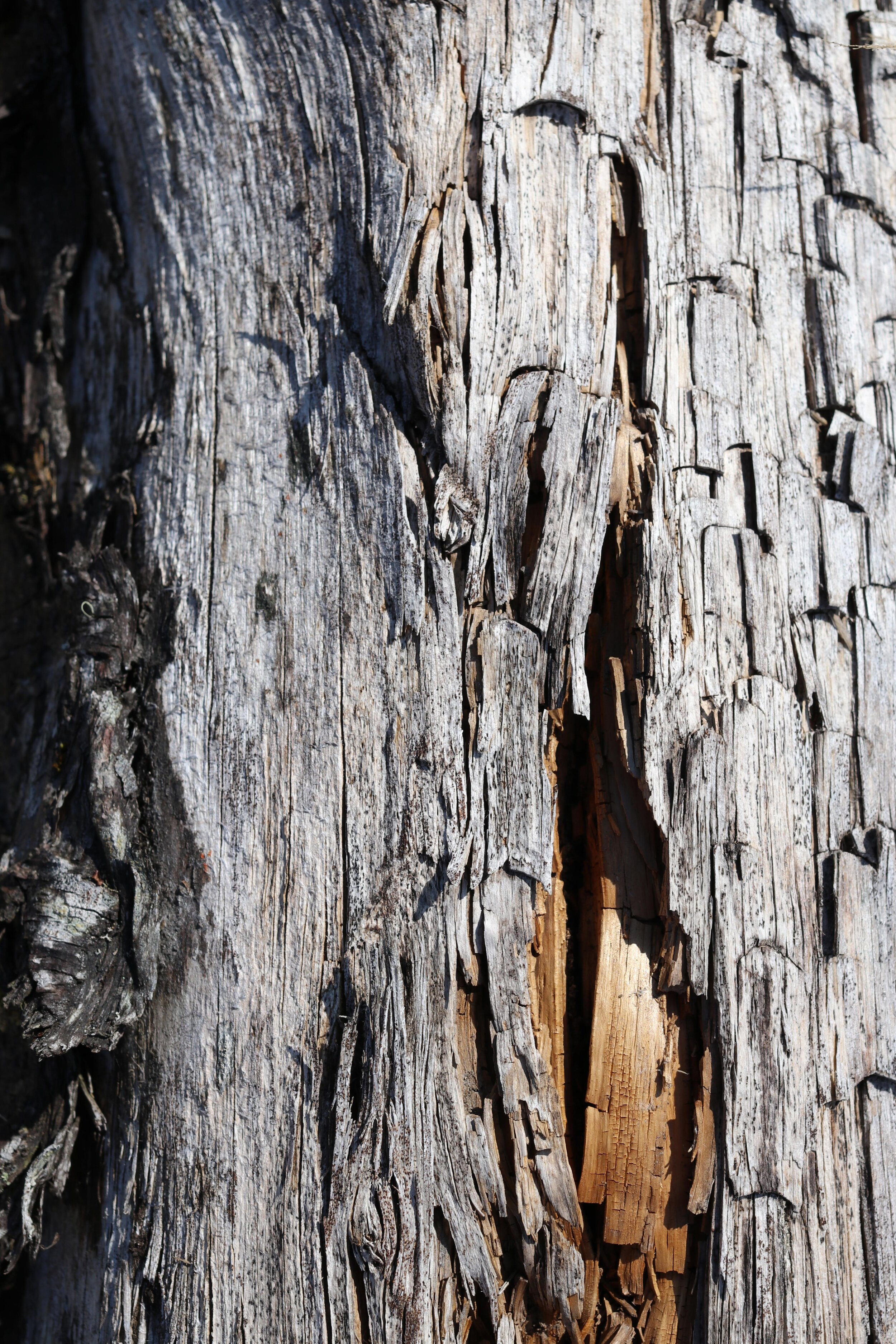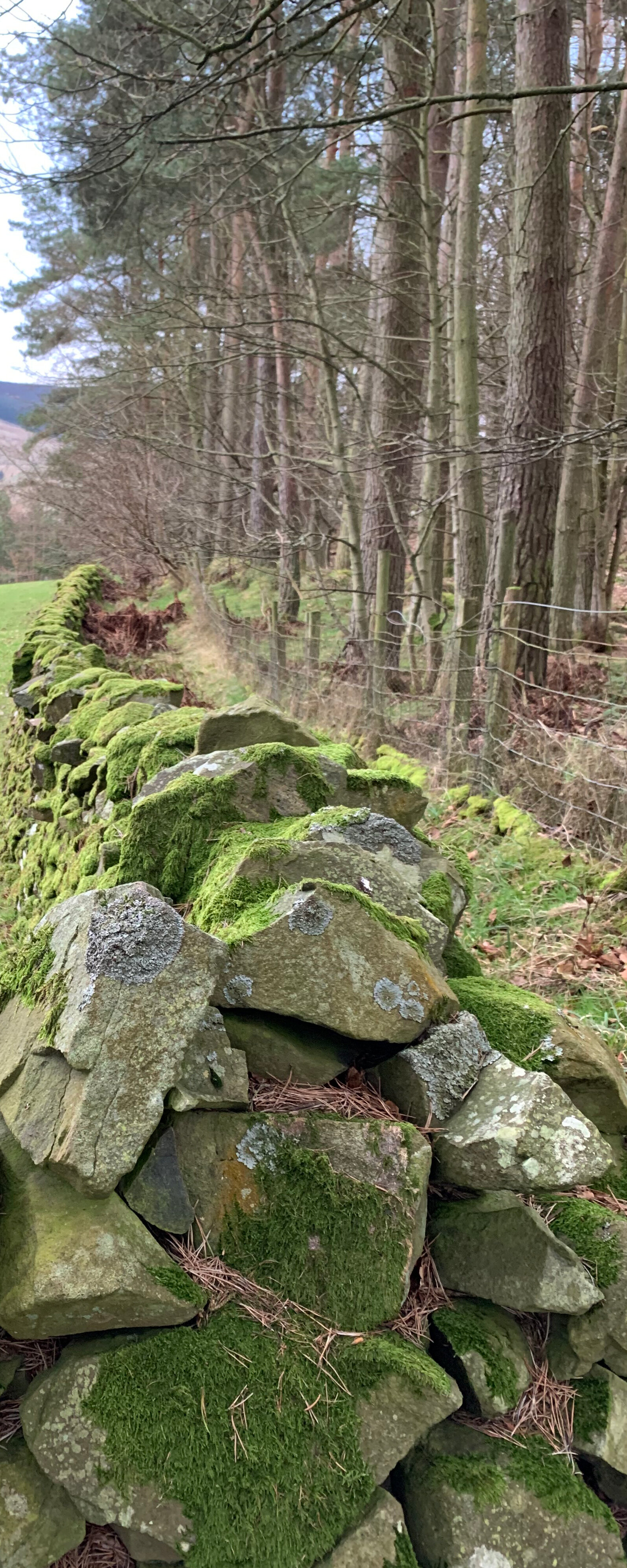‘home’
In my work, context is central to informing how I articulate my design solutions to give them meaning and a sense of place. But context can mean different things to different people. To some, it is simply a term used to describe what the immediate built environment ‘looks like’, an architectural style if you will. Whilst this is important, it is I feel rather superficial. Buildings are essentially a form of shelter in response to certain environmental conditions. Yes, they have over time, responded in abstract and artistic ways delivering the diverse architectural styles that we see today, but these are essentially iterations of the original utilitarian response to shelter. This iterative style is important to understand and develop as it is intrinsic to a considered improvement in design and comfort, but it must be executed with a deep understanding of the original response to the environmental context. Too often, our homes are designed to reflect an architectural style of the past, with absurd mock detailing to ‘fit in’ with the existing context, with no relationship to environmental conditions or time. Or, they are ‘cookie cutter’ solutions influenced by accountants and placed without remorse in a desolate sea of similar buildings, regardless of place.
At Novo, I feel strongly that our homes need to respond more intelligently to place. Our understanding and approach to the ‘site’ of your home is fundamental to realising a design that is appropriate to its place; a solution that considers the path of the sun throughout the day; the prevailing wind; shelter provided by vegetation; minimising the ecological impact of the building on the site; reducing energy use through thermal performance. These are true responses to place. Only once such fundamental issues are addressed should we then begin to consider aesthetics, as it is these parameters that will inform the aesthetic expression of the building; a true response to context.
In considering materials, I am often asked where do you start, how do you choose?
For me, it is again, a simple extension of context and place. I look to the nature surrounding a site for colour, tone, texture. This is where the true magic lies. Natural materials, tones and colours characterise my work. The texture of bark, stone and timber; deep greens, greys, brown and orange hues of the forest; weathered timber, cut stone, slate and metal. All of these are rich in design inspiration. This simple strategy I find embeds the building in its landscape, a deeply appropriate response. Historically, it is how our ancestors would have realised their buildings, utilising materials immediately available in the local context. This is how we build a relationship with the landscape and our past, and what essentially gives local character to our built heritage.
Approaching the development of your home in this way, will embrace a deeper engagement with you and the place that you call home. It doesn’t have to be exclusive. It doesn’t have to be expensive. It just requires a little more hard work. The result however, can be a beautiful home that is a true response to your needs, its environment, touching our world in a soft, considered sustainable manner.




